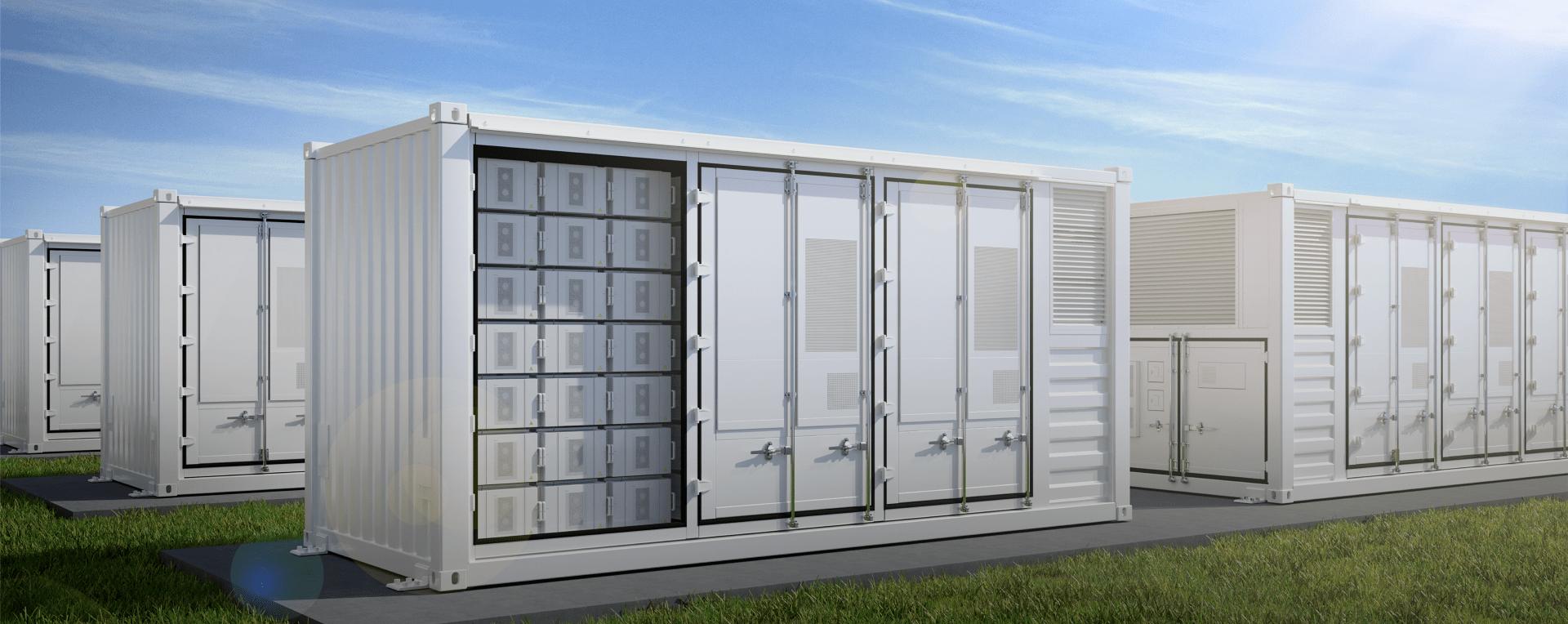In the age of sustainable energy solutions, energy storage systems have emerged as a cornerstone for achieving energy efficiency and reliability. These systems, pivotal in balancing energy supply and demand, require careful consideration in their transportation and installation. The process is instrumental in preserving their integrity, enhancing their performance, and extending their operational lifespan.
Transportation of Energy Storage Systems
The transportation of energy storage systems is a complex process that demands meticulous planning and specialized handling to ensure safety and integrity.
Support for Pallet Transport:
Importance of Secure Transportation: Energy storage systems are often delicate and require stable transportation. Using pallets for transport provides a robust platform, ensuring the systems are well-protected against vibrations and impacts during transit.
Customization of Pallets: Depending on the size and specifications of the energy storage units, customized pallets are often used. These pallets are designed to accommodate the unique dimensions and weight of each system, ensuring a snug fit and additional safety.
Logistical Challenges and Solutions:
Route Planning: Special consideration is given to route planning to avoid rough terrains and areas prone to environmental hazards. This precaution minimizes the risk of jolts or other disturbances that could damage the sensitive components of the energy storage systems.
Compliance with Regulations: Transporting energy storage systems, particularly those with lithium-ion batteries, requires adherence to various national and international regulations. Companies must ensure compliance with these regulations to avoid legal complications and ensure safe transportation.
Installation of Energy Storage Systems
Installation is a critical phase where the design and engineering of energy storage systems are put to the test.

Prefabricated Installation:
Efficiency and Safety: Prefabricated installation involves assembling components in a controlled environment, which not only speeds up the installation process but also enhances safety. This method reduces the potential for on-site errors and accelerates the overall project timeline.
Quality Assurance: Prefabrication allows for rigorous testing of the components before they are installed. This step is crucial in identifying and rectifying any defects, thereby ensuring that the systems are of the highest quality and reliability.
High-Energy Density Design:
Space Optimization: The compact nature of high-energy density systems offers significant advantages in terms of space utilization. In urban areas, where space is a premium, these systems can be installed in smaller areas, making them ideal for a range of applications.
Thermal Management Considerations: The installation process also involves meticulous planning for thermal management. High-energy density systems generate more heat and require effective cooling solutions to maintain optimal performance and prevent overheating.
Challenges and Innovations in Installation
The installation of energy storage systems presents unique challenges that drive innovation in the field.
Integration with Existing Infrastructure:
Compatibility Checks: A key challenge in the installation is ensuring compatibility with existing electrical and energy systems. This involves detailed assessments and sometimes modifications to the existing infrastructure to accommodate the new storage systems.
Smart Grid Integration: For systems integrated into smart grids, installation includes setting up communication protocols and software that enable the energy storage system to interact efficiently with the grid.
Safety and Environmental Considerations:
Safety Protocols: The installation process adheres to stringent safety protocols, especially when dealing with high-capacity storage systems. This includes ensuring proper insulation, grounding, and protection against electrical hazards.
Environmental Impact Assessments: Part of the installation process involves evaluating the environmental impact of the storage systems. This assessment ensures that the systems are not only efficient but also sustainable and pose minimal risk to the environment.

Conclusion
The transportation and installation of energy storage systems are critical to their success and functionality. Through advanced logistical planning, innovative prefabricated installation techniques, and careful consideration of their high-energy density design, these systems can be integrated effectively into various settings. As the demand for sustainable energy solutions grows, the efficient transportation and installation of these systems will play a vital role in shaping a reliable and environmentally friendly energy landscape.
